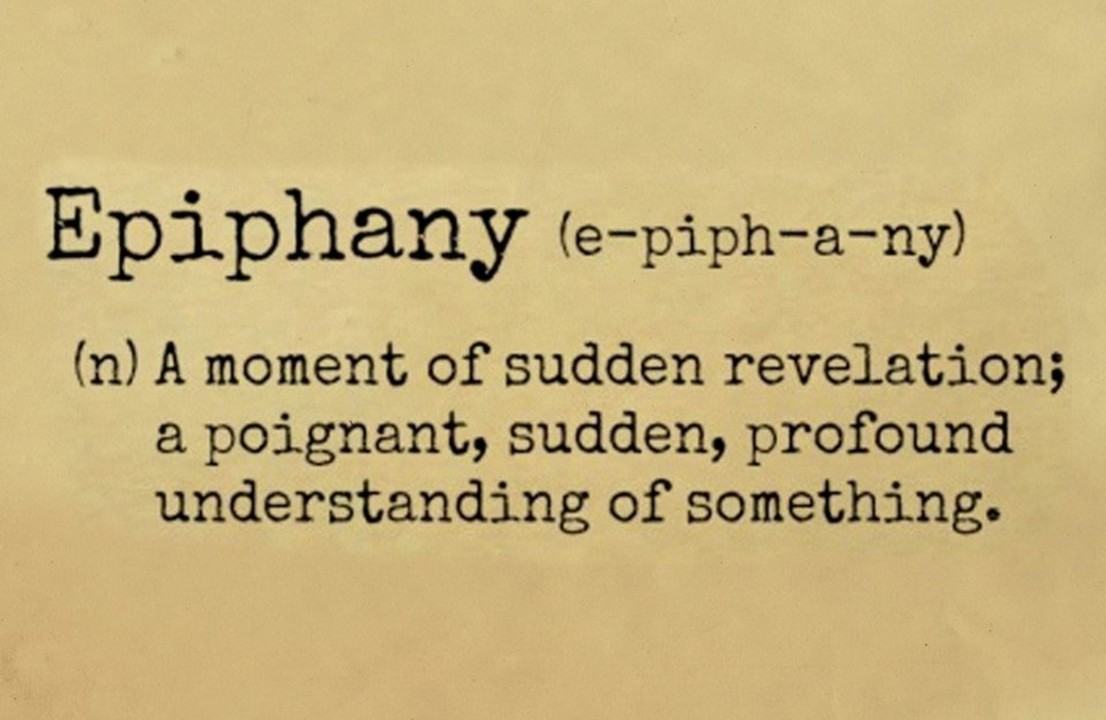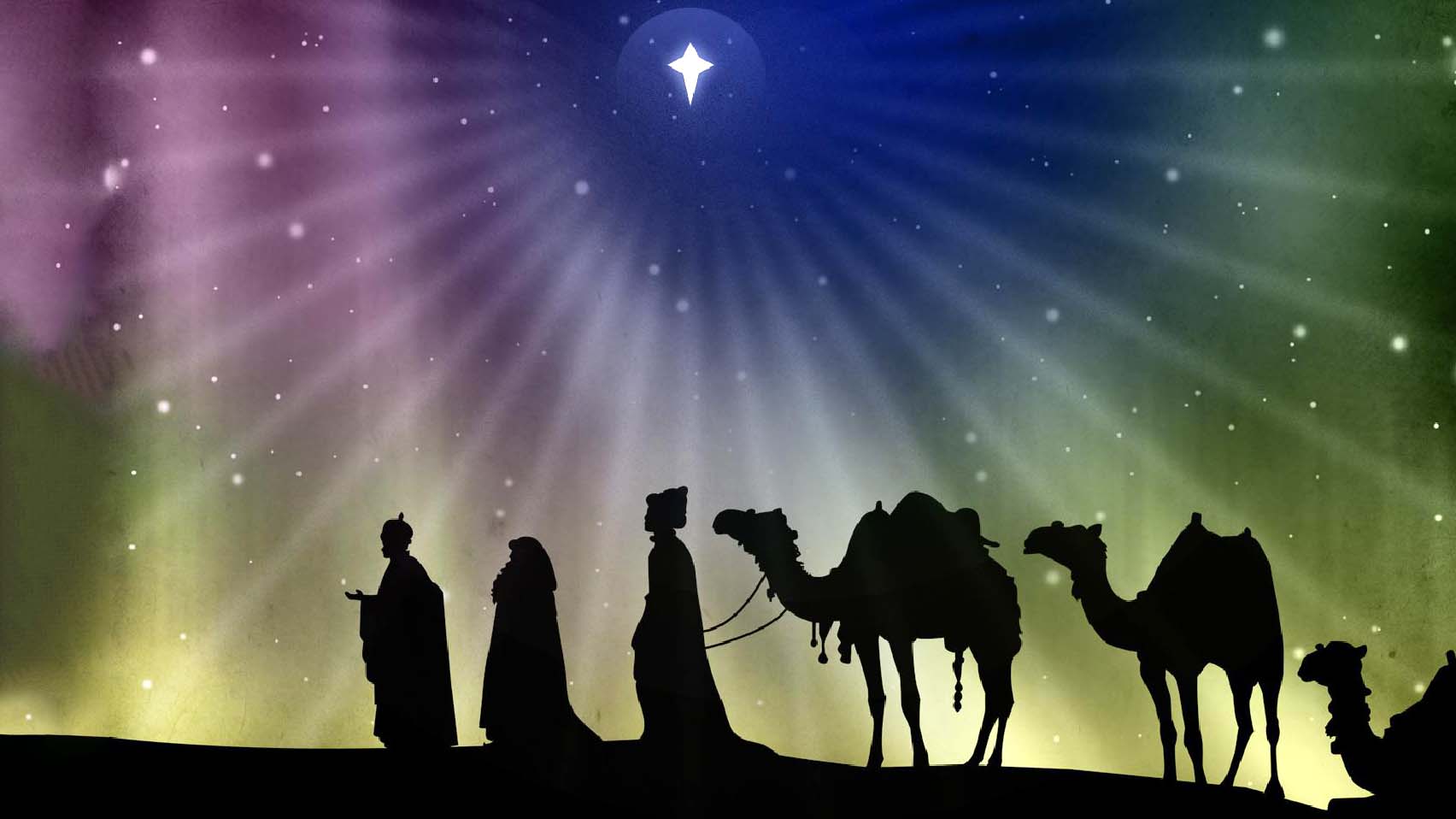
The epiphany, January 6th is an important date for many Christians as it’s when people celebrate how a star led the Magi, aka the Three Kings/Wise Men, to visit the baby Jesus after he had been born. ‘Epiphany’ comes from the Greek word meaning ‘to reveal’, as it is when the baby Jesus was ‘revealed’ to the world.
The Star of Bethlehem is central to the Christian feast of Epiphany, which celebrates the wise men’s visit to Bethlehem. According to the Bible, the wise men, also known as the Magi, followed the Star of Bethlehem to find Jesus in Bethlehem. The Magi were astrologers and probably from the area of present-day Iraq, Iran, Yemen, or Saudi Arabia. They were skilled at observing stars and celestial patterns, and saw the star as a sign that the prophecy of the birth of the “king of the Jews” was being fulfilled.
In western Christianity the Epiphany is celebrated on January 6th. In the Catholic Church, Epiphany is sometimes celebrated on the Sunday between January 2 and January 8.

Some say that the star was an ancient form of the internet and that the wise men’s stargazing was an ancient form of internet search. Others believe that Mary is the real star at Epiphany.
In today’s “reality” of scientific research the Star of Bethlehem was probably a planetary conjunction. A conjunction occurs when two or more celestial bodies appear to meet in the night sky. In the years before Jesus’ birth, there were several conjunctions between Jupiter, Venus, and the star Regulus. These events could have been interpreted by the Magi as the birth of a king in Judea. However, there are other possible explanations for the Star of Bethlehem, including: A comet, a supernova, an alignment between planets and stars or constellations.

The nature of the Star of Bethlehem is a matter of faith. There’s no clear record in history AND science can’t explain it as a known physical object.
While the Epiphany is a Christian holiday it can also be a time to reflect before making resolutions for the new year. Epiphany is a time to reflect on the encounter of the Three Kings with Jesus and how it changed each of them. The Three Kings were sent by Herod to find Jesus, but after their encounter, they resolved to go home by a different road.

Epiphany is also known as Twelfth Night, and is a common deadline for taking down Christmas decorations.
Epiphany is a Christian feast day that takes place on January 6th. It celebrates how the Magi, also known as the Three Kings or the Wise Men, were led by a star to visit the baby Jesus.
Some say that Epiphany is a time to consider what to add or subtract from your life, and to depend on God to set your course. Others say that Epiphany is a time to be open to the needs of your community and to offer Christ’s love.
The New Year can bring anxiety and trepidation, but also love and excitement for everything to come. It’s a time for reflection on what worked in the previous year and what didn’t and make the changes necessary for happiness and contentment in the new year.
Here are a few suggestions for you if you’re not into making resolutions. The only TRUE resolution I make each year is to make the new year better than the last.

Don’t forget to make some KING CAKE too!



